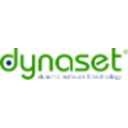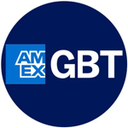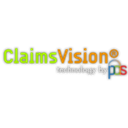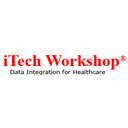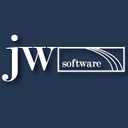Expense Management software: purchase guide
What is Expense Management Software?
Definition
With Expense Management Software you can immediately submit claims for professional expenses to the person in charge of validating them (manager, accountant, manager, etc.), saving time and money.
Requests are then validated in expense reports and expenses are reimbursed.
How Does it Work?
Cloud-based Expense Management Solutions work in two ways.
First, it is an HR portal or a mobile application (smartphone and tablet) that allows your employees to record their business expenses:
- Complete a reimbursement claim form.
- Add a supporting document (invoice or ticket photo).
- Send the request to the person in charge for approval.
The director, manager, or HR manager of a small business has an IT tool to manage the requests received:
- Via a Web browser (or a mobile device), it accesses a dashboard on which it has a global view of requests.
- One by one, it examines each request: whether or not it accepts them.
An accepted note automatically triggers the employee's refund and the recording of the transaction in the company's general accounts.
Employees are notified automatically of the decision of their supervisor.
What are the main features of Expense Management Software?
The main features of expense management software include:
- Entering expense reports
- The management of supporting documents
- The request for reimbursement
- Refund validation
- Payments management
- Expense archiving
- Spend management
Free or paid expense management software is increasingly accompanied by mobile apps that allow you to take a picture of the invoice that will accompany the refund request. Some software programs even offer to complete the expense report in advance by recognizing the words and numbers on the invoice (OCR technology).
Other valuable features allow you to save significant time in your business expense management and reimbursement process. Among them:
- Management of travel expenses in real-time (mileage, mission expenses, etc.), URSSAF fees, etc.
- Accounting exports (CSV, PDF).
- Recognition of bank data.
- Definition of approval workflow (single or multi-level) and follow-up of requests.
- The offline mode of mobile applications.
- Etc.
On the application dashboard, you can access graphs, performance indicators (KPIs), and reports to monitor and analyze your business expenses by type, category, etc.
Who uses expense management software?
A self-employed entrepreneur or a small company (very small, small SMEs, startups) does not necessarily need an HR solution dedicated to expense reports. Accounting software is sufficient to manage the few expense reports: record the accounting entry, write it on the employee's pay statement, or send them to the accountant.
A larger structure (ETI, large company) has every interest in having an expense report tool to help HR, financial and accounting departments save time and productivity.
What are the benefits of using expense management software?
Expense management software simplifies the time-consuming process of managing business expenses. Cross-functional, it is beneficial to almost all functions. However, it has some disadvantages.
Advantages
- No need to manage paper expense reports, everything is scanned and managed with a configurable and intuitive application.
- You process your employees' expenses more quickly and no longer capitalize part of your cash flow at the beginning of the month to reimburse expense advances.
- This management tool streamlines some time-consuming administrative tasks related to personnel management. It improves the company's accounting management and project management (costs can be charged to certain tasks or projects).
- This software improves sales management and customer relations: actual costs are automatically used as supporting documents for certain quotes and invoices sent to customers.
- The software is fully integrated with time tracking, business travel management and business travel tools.
- It ensures perfect tracking of the costs incurred.
Disadvantages
- Employees may be tempted to turn all their purchases into expense reports. Within a large organization, the HR manager will have difficulty filtering all requests to identify relevant requests
- To be effective, the tool must be compatible with the majority of software used in the company: online invoicing software, ERP, project management, accounting, payroll, other management applications. Some organizations will prefer to use a full HRIS rather than a stand-alone solution whose integration may be problematic
How to Choose an Expense Management Software?
Choosing the right expense management solution requires improving the working conditions of all employees:
- Employees must be able to enter their claim and create their expense reports easily. They must also be able to check their balance/expense account.
- Managers and accounting administration must be able to validate expenses quickly, consolidate monthly amounts to be reimbursed and create accounting data without reentering data.
The cost of an expense management solution should also be considered. This generally varies according to the number of users or monthly notes to be processed.
The Latest Trend: The Expense Card
Some software companies such as Spendesk are revolutionizing the expense report by eliminating expense advances with their expense report cards.
This is an IT solution that combines the functionalities listed above, but also offers a personal Mastercard style payment card (physical and virtual) distributed to employees.
Employees no longer have to make expense advances. They pay directly with their company's business card up to the limit of available credit. The employee is managed by the HR manager who can better manage the resources of his company.
To find out everything you need to know about managing reimbursements, discover our guides on expense management.

